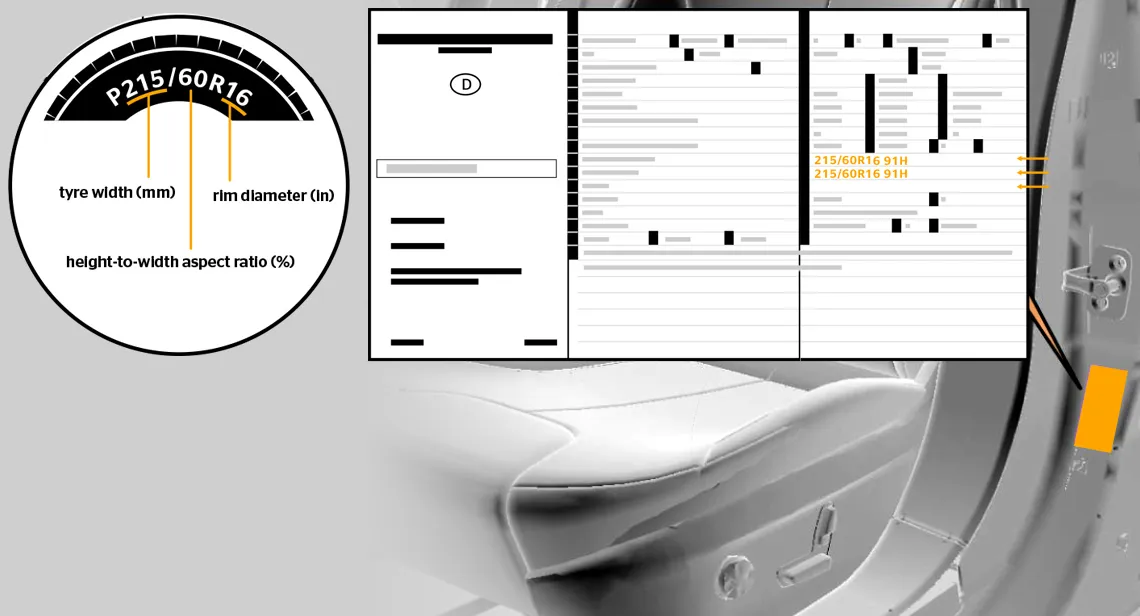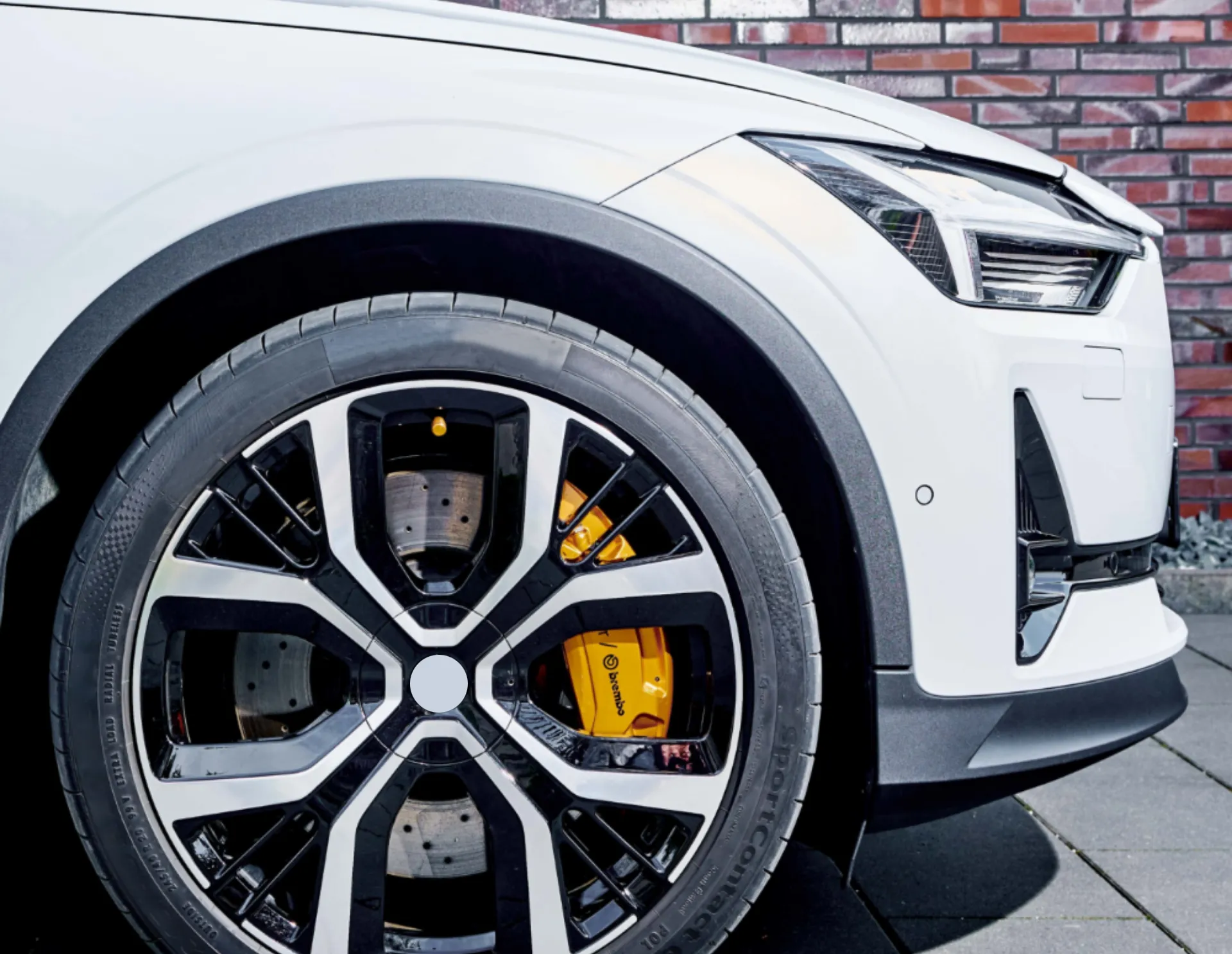
The blowout season has arrived and it is time to be prepared for any mishaps on the road. But before you get prepared, you should know what actually causes it. Once you know the root cause of something, you can avoid facing any expected setback while driving. There is nothing that happens on its own likewise there is always a reason behind your tires bursting more in summers. The reason is not just the heat but many hidden things alongside the bulging summer heat. Let’s look into those reasons which when combined with heat can double up the effects on your tires leading them towards bursting on the road.

Some reasons behind tires burst in summer
High temperatures outside puts more pressure on the tires from the inside. This happens typically in summers because the asphalt’s temperature increases due to constant sun exposure. Solely this is not the reason for this but some other reasons accompanied with it. This includes:
● Age of the tyres - having an old tyre could become a possible cause of tyre burst as an already wounded body can be downtrodden just by a hit. So, if your car is already having some worn out tires, you are at a high risk of getting encountered by a tire burst. Prevent it by choosing the best tyres in Kuwait
● Tyre pressure - one of the most common causes of tyre burst include tyre pressure. Driving on an under-inflated tyre causes the tyre to bounce up and down, causing more friction. When this added friction is combined with the heat of summer, it can weaken the car tyres and cause them to explode. Overinflation can also lead to tyre bursts since it causes the tyres to expand too much and then rupture due to the pressure of the summer heat. Although this is more prevalent in the summer, it can occur at any time of year.
● High speed for long durations - Do you enjoy driving fast? Another typical cause of tyre burst is driving long distances at fast speeds. Because of the weight of your vehicle and the heat emitted by the road surface, this form of driving might cause heat to expand the pressure in your tyres. Consider applying weight and extreme heat to something for several hours. This makes the car tyres more prone to blowing out.
● Faulty tyres - Even if your tyres are brand new, there is a good risk that they have cuts or objects lodged in the tread. Always inspect your tyres to ensure they are not worn or damaged. This is owing to the fact that tyres with cuts, cracks, bulges, or defects are more prone to rupture in the summer due to excessive pressure.
● Vehicle weight - Make sure your vehicle's weight isn't too hefty, especially if you're going on a lengthy road trip. This would not only assist to alleviate pressure on the tyres on hot summer days, but it would also help with fuel efficiency, since a larger vehicle requires more power to propel the car to run.
What To Do If Your Tyre Bursts
● Keep calm, People panic in times of distress and misfortune. Agitated water cannot reflect a clear image, breathe deeply and maintain steering control first. Getting anxious and frightened? This is the first thing you should avoid since this may cause you to lose control of the car. To get to safety, follow the procedures below.
● Avoid excessive braking - While you may be tempted to brake quickly, doing so on a burst tyre might lead you to lose control of the car. As though you were driving on ice, apply gradual braking, or no braking at all if your front tyres have burst, and carefully move the vehicle in the desired direction. If you are surrounded by traffic and other motorists, turn on your hazard lights to alert them that there is a problem.
● Instead of braking, use your accelerator. You will be able to maneuver your car in a straight way as you add momentum to it.
● Grab your steering wheel firmly - while accelerating rather than braking, ensuring you grip your steering wheel securely with both hands - since your car will pull in the direction of the injured tyre.
● Pull over in a safe location - If your tyre bursts, you won't be able to drive for long, so make sure you pull over in a safe location. Remember to turn on your danger lights and, if available, position reflector safety triangles in front and behind your vehicle. Passing motorists will be notified that you have broken down.
● Change your tyre or contact for assistance - if you have a spare tyre in your boot, you may change it in a safe location. You can also contact roadside help.








